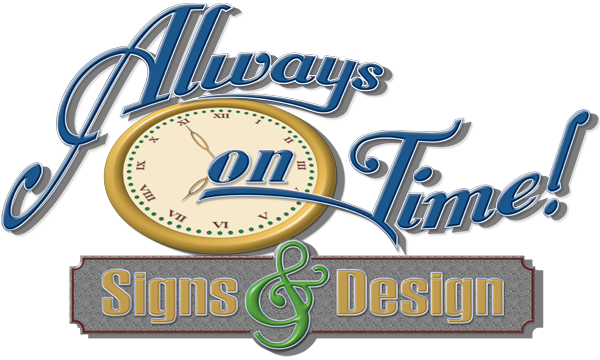Fewer and fewer families are taking advantage of the possibility of walking or biking to school. As more cars hit the roads, traffic jams increase, pollution increases and childhood obesity increases. In response to these alarming consequences, Vermont initiated the Safe Routes to School Program. Using optimal routes marked by traffic signs in Vermont, the endeavor seeks to improve the situation. Here’s what it’s all about.
What is Safe Routes to School (SRTS)?
This program is a state-wide initiative that falls under the VTrans Bicycle and Pedestrian Program. The non-infrastructure side is handled by Local Motion. This nonprofit organization advocates walking and biking, and answers questions and provides guidance for participating schools.
Safe Routes to School encourages schools to use the five Es (education, encouragement, engineering, enforcement and evaluation). Schools emphasize these five areas with the goal of making it safer and more fun to ride or bike to school. As schools put these strategies into practice, they earn Bronze, Silver, Gold and Platinum level status.
What is the purpose of Safe Routes to School?
The premise behind this program is that children should be able to walk and bike to school safely. The program encourages the development of appropriate infrastructure, such as bike lanes, to create safe walking and biking conditions. This often involves the addition of appropriate traffic signs in Vermont to mark these routes.
Who is eligible for SRTS?
Safe Routes to School is a specialized program designed for children who live within two miles of their school. Kids who are in kindergarten through eighth grade, including those with disabilities, are the target audience.
How can schools participate in SRTS?
SRTS programs rely on the collaboration of parents, children, school leaders, municipal leaders and community organizations. All must be dedicated to improving bicycle and pedestrian safety. Those interested can partner with the Department of Transportation, local task forces and other local sources to get started.
What are the benefits of SRTS?
There are many individual and community-wide benefits to this program. For the student, walking or biking to school can improve academic performance, increase student independence and reduce the likelihood of obesity. For the parents, SRTS reduces driving stress and auto-related costs, such as gasoline. For the school, it strengthens the community. For the community and the planet, it reduces overall pollution.
What can I do to support SRTS?
Individuals, families and businesses who would like to support SRTS can contact the State of Vermont Agency of Transportation to find out what initiatives are already in place in their area and to discover how to participate or start up a new endeavor.
How Can I Learn More?
For additional information on SRTS and other programs that increase safety with traffic signs in Vermont, contact the professional team at Worksafe Traffic Control Industries. We are available to answer any questions you have and provide in-depth expertise to your efforts. Don’t hesitate to connect with us today to help make roads safer for children throughout the state. We look forward to partnering with you to enhance SRTS and other community safety programs.

